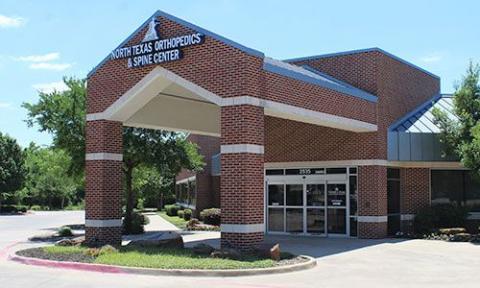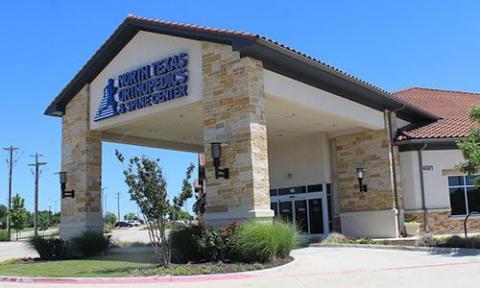An LCL injury is a common knee injury that involves the stretching or tearing of the lateral collateral ligament (LCL), which is located on the outer side of the knee. The LCL is a key structure that helps stabilize the knee joint and prevent excessive side-to-side movement. When injured, it can result in pain, instability, and difficulty moving the knee. In this blog post, we’ll explore what the LCL is, how it becomes injured, the symptoms to look out for, and the available treatment options for recovery.

The lateral collateral ligament, or LCL, is one of the four primary ligaments in the knee. It runs along the outside of the knee, connecting the femur (thigh bone) to the fibula (the smaller bone on the outer side of the lower leg). The LCL plays an essential role in stabilizing the knee joint by limiting side-to-side movement and helping to keep the upper and lower leg aligned properly.
Along with the medial collateral ligament (MCL), which is on the inner side of the knee, the LCL works to prevent excessive lateral movement. These two ligaments act as stabilizers, ensuring that the knee joint moves smoothly and safely.
An LCL injury typically occurs when there is a sudden force or impact to the outer side of the knee, which can stretch or tear the ligament. The injury may happen in the following ways:
The severity of symptoms associated with an LCL injury depends on the extent of the ligament damage, which can range from a mild sprain to a complete tear. Common symptoms include:
If you suspect an LCL injury, it’s important to seek medical attention for a proper diagnosis. A healthcare provider will likely perform a physical examination to assess the knee’s range of motion, stability, and any signs of swelling or bruising. The doctor may test the knee’s stability by applying force to the joint to evaluate the integrity of the LCL and check for any laxity or abnormal movement.
In some cases, imaging tests may be needed to confirm the diagnosis and rule out other injuries. These may include:
The treatment for an LCL injury will depend on the severity of the injury, ranging from a mild sprain to a complete ligament tear. Here are the main treatment options:
The recovery time for an LCL injury depends on the severity of the injury and the treatment approach. Mild sprains may take a few weeks to heal with conservative treatment, while more severe injuries could require several months of rehabilitation.
Physical therapy is essential for a full recovery. It helps improve strength, flexibility, and knee function, allowing you to return to your usual activities and sports safely. After a full recovery, you may be able to resume high-intensity sports or physical activities with a reduced risk of reinjury.
While it’s not always possible to prevent an LCL injury, there are several strategies that can help reduce the risk:
A lateral collateral ligament (LCL) injury can be a painful and limiting condition, but with proper care and treatment, most people can recover fully and return to their normal activities. Whether you’re dealing with a mild sprain or a more severe tear, it’s important to follow the recommended treatment plan and give your body time to heal. If you suspect an LCL injury, seek medical advice for a proper diagnosis and tailored treatment to ensure the best possible outcome. By taking steps to prevent injury and strengthening the muscles around the knee, you can reduce your risk and keep your knees healthy for years to come.
See why our patients love our physicians, quality of care, and amazing results.
*Based on Independent Market Research


© 2024, North Texas Orthopedics & Spine CENTER. All rights reserved.